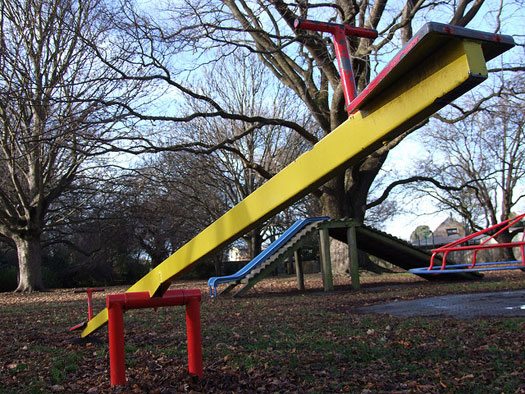
July 28, 2017; Simi Valley Acorn
The Simi Valley Community Foundation got the worst sort of wake-up call of its need to keep better track of its operations: its former executive director stole $45,000 over a period of nearly two years.
As reported in the Simi Valley Acorn newspaper, the foundation recently announced that it was suspending operations and wrestling with what direction to take the nonprofit that had been responsible for funding a human services center.
“In the past, we all had the opportunity to review the books, but what we’ve come to realize is that we weren’t asking the right questions or for the right documents,” the foundation’s board chair, Jarrod DeGonia, said in the newspaper interview. “Now we know what we should’ve been looking at and that we should’ve been paying closer attention to bank statements and other financial records aside from what was being provided to us.”
NPQ has reported in the past on how the mishandling of funds—in some cases outright theft, as in the Simi Valley case—can have an effect far beyond the financial loss. The costs to trust and confidence can take a high toll even when no criminal activity is found, such as with the high-profile Wounded Warrior Project.
As reported in the Acorn, Joanne Abruzzese, the former executive director of the Simi Valley Community Foundation, admitted to stealing $45,000 by writing checks from the foundation’s account to pay her home mortgage. She was sentenced July 20th to six months in jail and five years’ probation.
Even though Abruzzese repaid the money she stole, the nonprofit still suspended operations to take a hard look at how it manages its finances and figure out a way forward—including whether to dissolve the foundation.
The foundation’s flagship project is called Under One Roof, which was to provide “one-stop” human services in a city-owned building, but the project stalled when the suspicions of financial malfeasance arose in July 2016.
Sign up for our free newsletters
Subscribe to NPQ's newsletters to have our top stories delivered directly to your inbox.
By signing up, you agree to our privacy policy and terms of use, and to receive messages from NPQ and our partners.
What followed, according to DeGonia, was “a dark and tumultuous year that led to the destruction of the foundation’s credibility.”
“We weren’t certain what the future of the foundation was going to be,” DeGonia added in the newspaper interview, “so we needed to wait for the investigation and judicial process to be finished. Now that it’s done, we need to gather ourselves and determine what our future looks like.”
According to California state law, the foundation has three options for what to do with the money already donated to it: keep running, return the money to its donors, or give it to another nonprofit.
It could turn over the donations to the Free Clinic of Simi Valley, which was originally going to be housed in the Under One Roof project but, with the scandal surrounding that project, pulled out this year. The free clinic is pursuing another “multi-service” project similar to Under One Roof, in a building owned by Ventura County.
“My hope is that no matter how we move forward, whether it’s dissolving the foundation or coming back stronger, the board members’ reputations stay intact and the community can see that we’re trying to be as open and transparent as possible,” DeGonia said in the newspaper interview.
When considering whether or not to dissolve—a decision that can be fraught with emotion, especially if there is a crisis that precipitated the situation—it’s important to stay steady and follow a process, advised Lee Bruder, a management consultant, in an NPQ article entitled “Nonprofit Dissolution: What to Do When Closing the Doors.”
“Leaders can expect that during the process of dissolution, all aspects of organizational culture will heighten,” Bruder wrote. “The strengths and the trouble spots between individuals, roles and positions, and divisions and groups may need rapid, clear, and direct attention. Calming any rough internal waters as quickly as possible improves the potential for a successful outcome.”—Nancy Young













